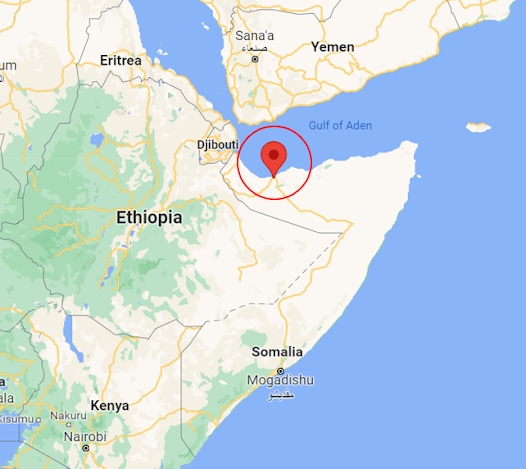Final Thoughts
I have sadly come to the end of my
blogging journey. In this post, I will briefly reflect on what has been covered and
future trajectories.
Upon
reflection, I realise that my earlier posts are largely focused on institutional-level
interventions and policies including virtual water trading, integrated water
resource management and desalinisation schemes. Whilst these are effective to
an extent, they do not always explicitly consider the needs of smallholders. As
these farmers play a crucial role in agricultural production in several
nations, I shifted my focus to solutions that considered their needs more
directly, specifically with the cases of genetically modified crops and groundwater irrigation.
Water Scarce or Rich?
As seen in Figure 1, the prevailing issue in Sub-Saharan Africa appears to not be physical water scarcity but economic water scarcity. According to Rijsberman (2006), this occurs when water resources are adequate but investment in water infrastructure is not. This type of water scarcity certainly seemed to be present in a number of my case studies, notably for groundwater in Zambia.
 |
| Figure 1 Map of economic and physical water scarcity in Africa at basin level. |
These findings support the call to move beyond the application of Falkenmark's WSI and develop a more holistic water scarcity metric that is more representative of the actual situation on the ground. Maintaining the false rhetoric of physical water scarcity in SSA will only hinder progress and misguide attempts to improve nations' water and food security.
Future Trajectories
I hope that my case studies have shown that there are many effective methods to improve food security in different nations across Africa, even in the some of the world's most challenging environments. It is also vital that scholarship moves beyond the false axiom of Africa being in constant need of Western aid. In order to be equitable and sustainable, strategies should use a combination of scientific, local and indigenous knowledge whilst considering the different needs of all stakeholders.
There are many more ways through which food and water insecurity can be addressed than the five that I have explored in this blog. Even the most popular methods are not suitable for every environment. As mentioned in my opening post, Africa is an incredibly diverse continent and each nation has their own unique topography and socio-economic environment to which agricultural producers must adapt. Moving forward, it is imperative that these unique conditions are considered.
On a personal note, I have found this blogging journey to be a valuable opportunity to learn more about one of my areas of interest. I hope it has been equally interesting to read!


Comments
Post a Comment